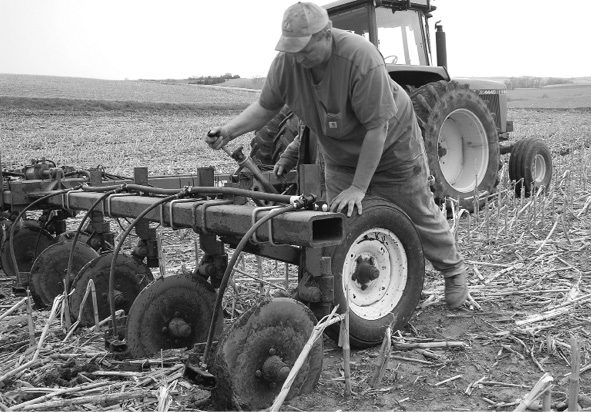No-Till Farmer
Get full access NOW to the most comprehensive, powerful and easy-to-use online resource for no-tillage practices. Just one good idea will pay for your subscription hundreds of times over.

When it comes to farming, Daniel Davidson gets to see it from two perspectives.
First, he has in-the-field experiences by no-tilling 350 acres with his brother, Scott, in Stanton County, Neb., about 90 miles northwest of Omaha. The other view comes in his full-time job as an agronomist for Data Transmission Network (DTN), where Davidson reports on all types of crop management issues.
Some of the things he sees throughout the Midwest, he’s able to use on his own farm. In 2001, Davidson went 100% no-till. In the last 3 to 4 years, he’s transitioned to 100% continuous no-tilled corn.
“Here in northeast Nebraska, we can’t grow good soybean yields,” Davidson says. “Our farm average is about 38 bushels. If we can grow 150-bushel corn and 40-bushel soybeans, we’re always going to grow corn.”
Davidson has chosen to plant triple-stack hybrids. While seed treatments and Bt have prevented insect problems, the high density of corn residue can lead to no-till planting challenges.
“One of the things I’ve found that works is we rent out our corn stalks for about 3 months over the winter and that really helps because cows clean up all the ears, husks and some of the stalks,” Davidson says. “It takes care of volunteer Roundup Ready corn and helps take down some of the residue.
“We have one 80-acre field about 6 or 7 miles away that has no water. It’s kind of remote, so we don’t graze that one. This year, I…